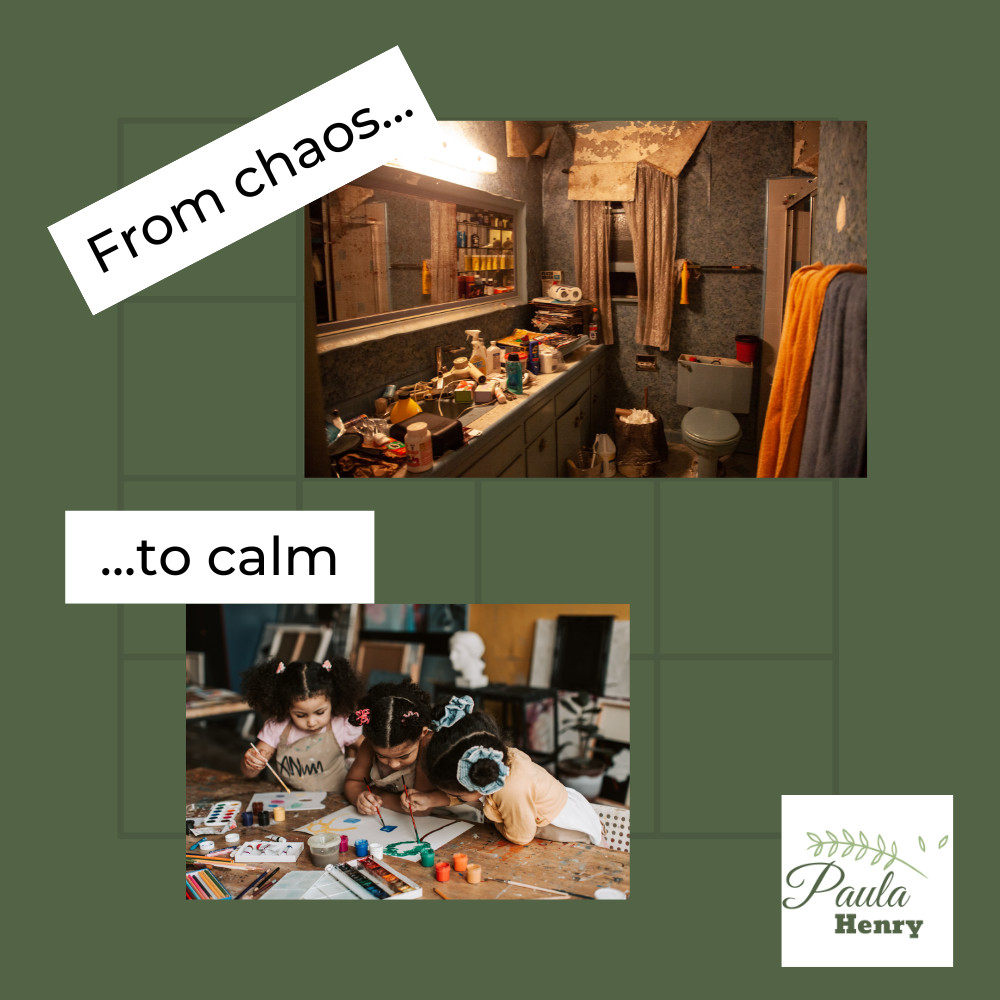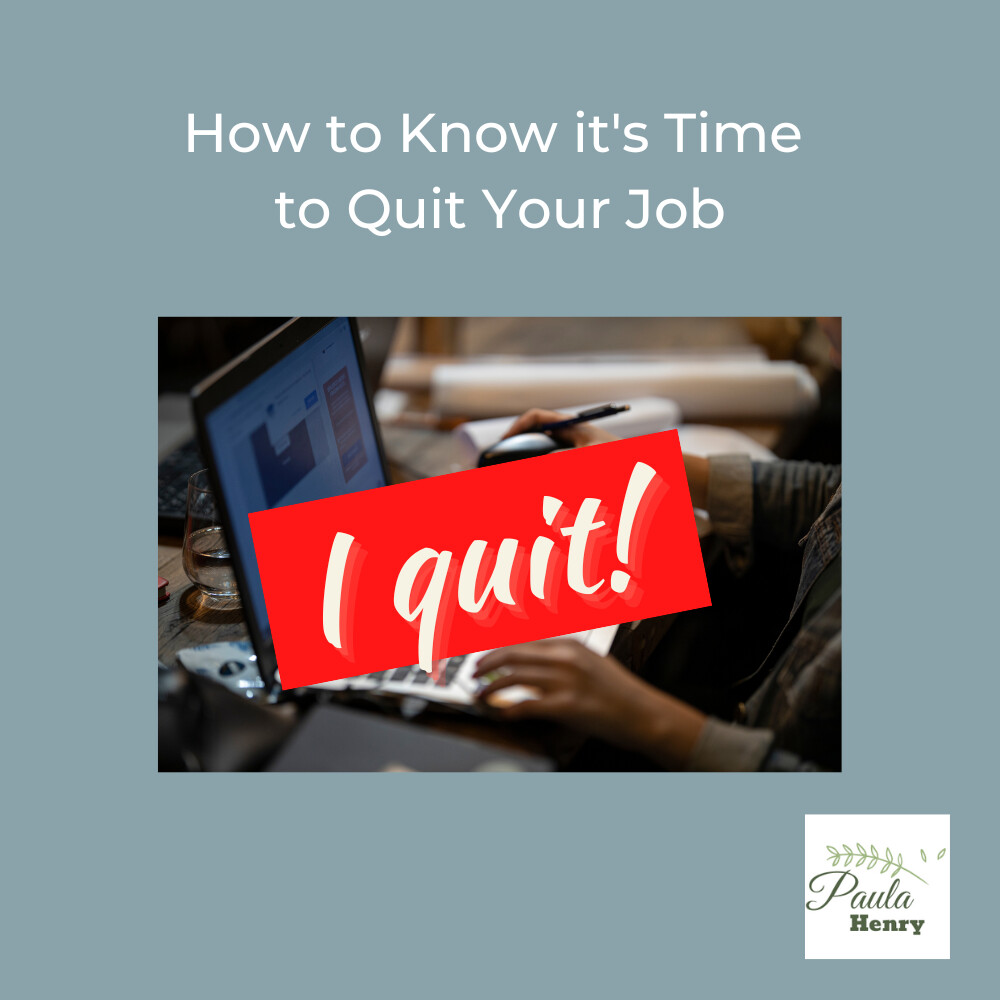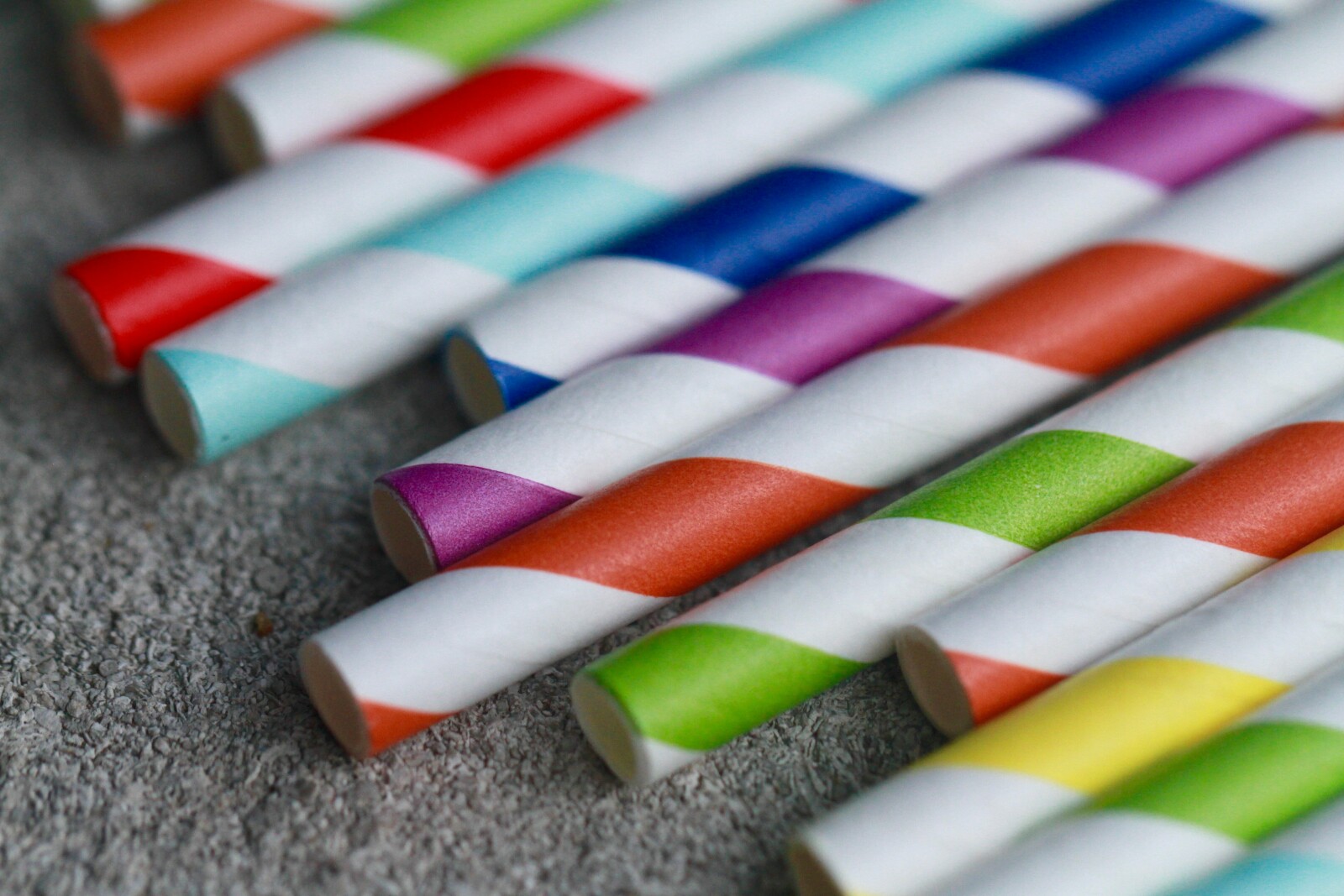
I used to think, “It’s just one straw.” Then I started learning about the number of straws used daily (500 million straws per day in the US alone). Each person in the US is estimated to use 38,000 straws over their lifetime. Given that straws NEVER decompose, that’s a lot of trash that ends up everywhere – even in our oceans.
I’m happy to report that there are lots of options available for reusable straws. Today, I’m going to focus on stainless steel straws. The first option I tried was from Final Straw, and I purchased 4 reusable straws at $25 each through their kickstarter campaign. It’s a folding straw made of silicone and stainless steel. The straw, once folded, fits into a container that you could carry with you in your purse or on your keychain. I used mine on and off for about 6 months. I liked it, but it was a bit cumbersome, and the cost made it difficult to have several in convenient locations. Plus, the diameter of the straw was narrow, so it was difficult to use with milkshakes or smoothies, and that’s something my kids drink often, especially when we go out.
I found larger diameter straws that worked better for me and my family for milkshakes. They don’t fold up to a small compact size, but they are perfect for milkshakes. We have 4 of them that live in my car – gotta be prepared for the milkshake run! The ones we use can be found here.
We also have a set of regular diameter stainless steel straws that we use (again, not the kind that fold up), mostly at the house. They’re great for putting in insulated cups that have a hole for straws. The ones we use can be found here. A set of 12 is enough to share with friends and family and keep in different location so they are always within reach. The cost is considerably less than Final Straw at under $1 each. It’s a small effort, but multiplied by many, it can make a really big difference.
I’m intrigued by the straws made from bamboo, and I plan to try them very soon. I’ll be sure to review them once I do.
Interested in learning more about earth-friendly options? Join my free group here.
Get my free guide: 4 Ways Being Earth-Friendly Can Change Your Life for the Better HERE.
*As an Amazon Associate I earn from qualifying purchases.
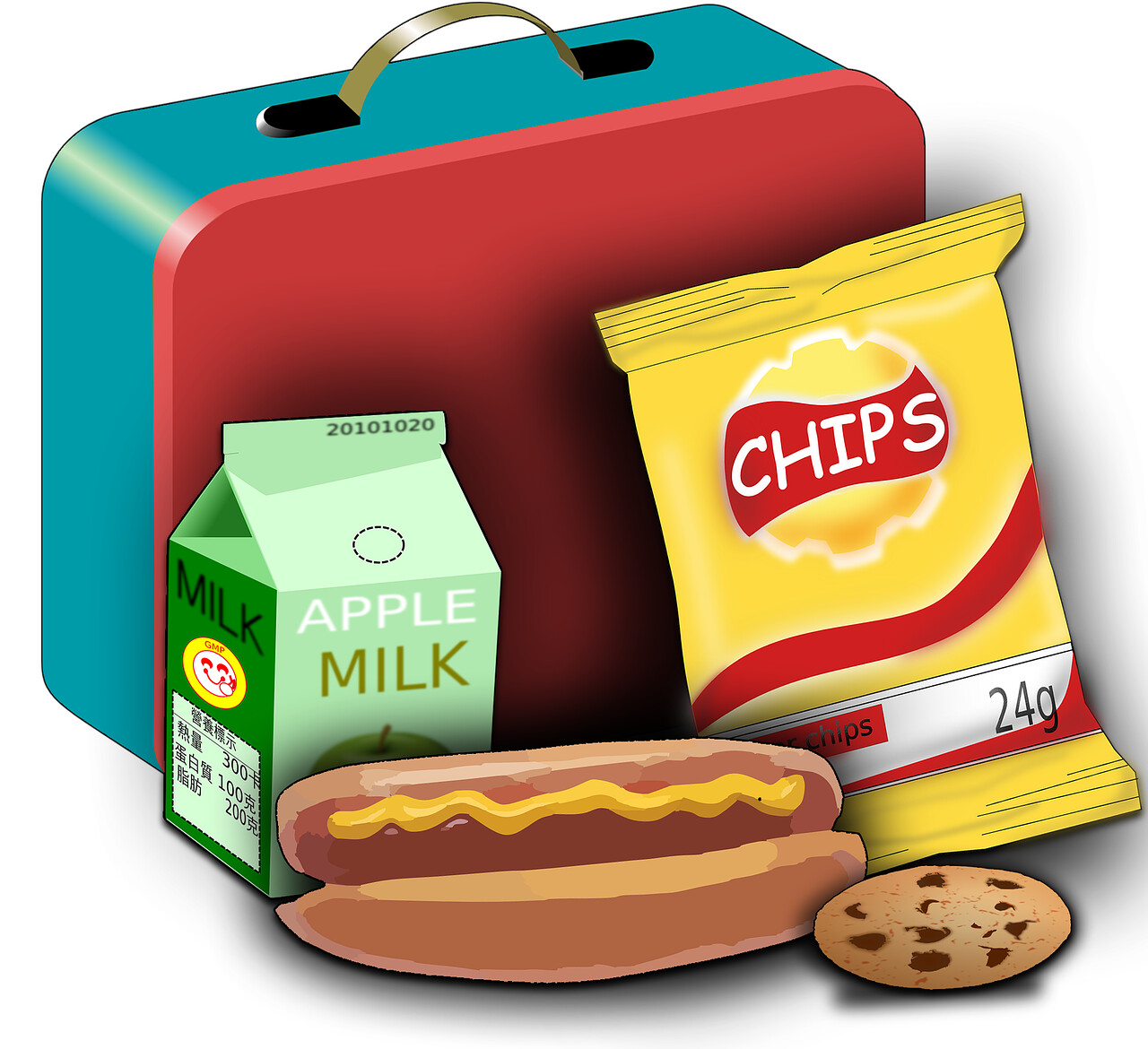
There are lots of foods that are packaged individually for our convenience – chips, crackers, cookies, even some fruit. Although these are convenient for packing the kids’ lunches in the mornings, they actually cost more than if you purchased a family-sized package and divided it up into individual servings.
Let’s take a look at Amazon for some quick price comparisons. First, we’ll select a 40 pack box of Frito-Lay chips which costs roughly $17*. The total amount of food contained in the prepackaged box is 40 oz. That’s a cost of $.43 per oz. Now let’s look at the larger quantity costs. A typical bag of Cheetos contains about 8.5 oz and runs around $3 ($.35 per oz) and a typical bag of Lay’s potato chips contains about 12.5 oz and runs almost $4 ($.32 per oz). For 40 oz of chips in bags, you would need to buy 4.5 bags of Cheetos for about $13.50 or 3.5 bags of Lay’s potato chips for about $14.
Product | Quantity | Total Cost | Cost per ounce |
Prepackaged Lay’s Chips | 40, 1 oz bags (40 oz) | $17.00 | $0.43 |
Cheetos | 4.5 (8.5 oz bags) = (38.25 oz) | $13.50 ($3 per bag x 4.5 bags) | $0.35 |
Lay’s Potato Chips | 3.5 (12.5 oz bags) = (43.75 oz) | $14.00 ($4 per bag x 3.4 bags) | $0.32 |
There are many of us who would look at that chart and say, gosh, that’s not that much of a difference. But, let’s look at a different aspect – the difference in the amount of trash we’ve produced between the two options. For the 40 pack box, we have one cardboard box plus 40 individual non-recyclable packages. For the larger bags of potato chips, we have 4-5 packages. The total amount of waste is less for the larger packages than for the individually packaged items. Repeating this over the course of a year would generate a huge amount of waste if we’re always using the prepackaged variation.
This example only shows the costs of one item – chips. What if you purchased prepackaged items for nearly everything – chips, cookies, crackers, fruit? Now, you’ve doubled, tripled or quadrupled the amount of waste generated across a year’s worth of lunches.
The last thing to consider is this. Has it really saved you any time? Back when I was packing my kids’ lunches, I would start off the week with packaging up individual servings of different food items into reusable containers. That way, each of my kids could select which items went into their lunch boxes. The reality is, it probably only took me 10-15 minutes, and I usually elicited help from one or both of my kids to get the job done.
As we’re looking forward to the start of the school year in August or September, it’s great to start thinking of these things now. Purchase reusable containers in a variety of types and sizes and let the kids help with the task of dividing up the larger packages for use in school lunches.
*I chose one of the largest sizes as presumably the cost per individual package will be the lowest. Buying smaller sizes of prepackaged foods will likely be more expensive per item, so this gives us the closest cost comparison between individual packages and larger quantity packages.
Interested in learning more about earth-friendly options? Join my free group here.
Get my free guide: 4 Ways Being Earth-Friendly Can Change Your Life for the Better HERE.
*As an Amazon Associate I earn from qualifying purchases.
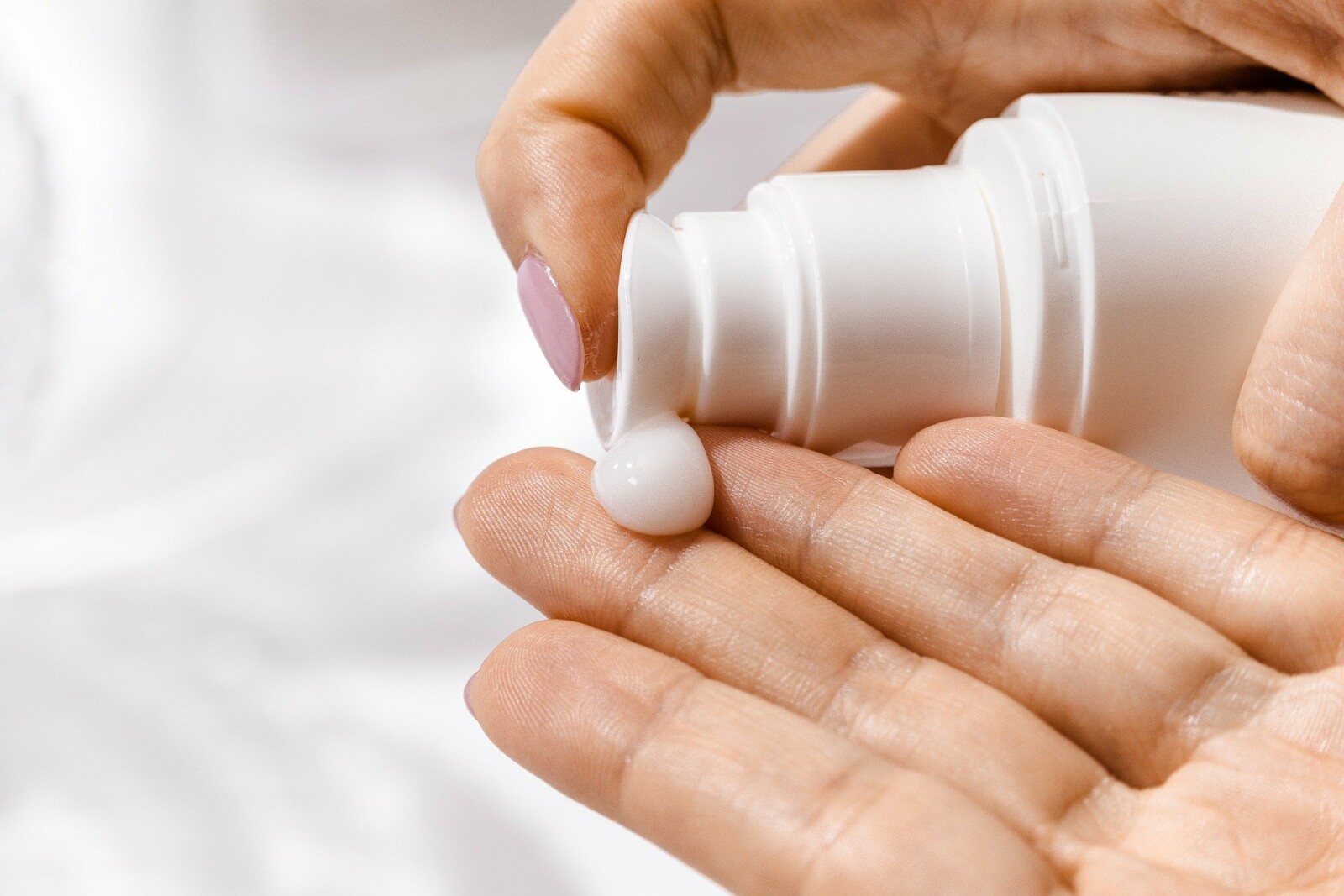
I love using hand and body lotion that smells good, but for years, lotion and I did not get along. The ingredients in pretty much any lotion I used would cause my hands to burn and hurt when I applied it, especially in the winter when I really needed it. It was a constant struggle between hands that hurt due to chapping and applying lotion to those hurting hands that made them hurt more. For the most part, I would grin and bear it one way or the other. Some lotions marketed as fragrance free or all natural still contained ingredients that made my skin crawl…literally.
Looking into what some of those ingredients are, revealed a list of some chemicals to avoid. These include:
- Parabens
- Pthalates
- Retinyl palmitate
- Triethanolamine
- Butylated Hydroxyanisole (BHA)
- DMDM hydantoin
- Fragrance/Parfum
- Petrolatum
Wow! That’s quite a list! I had to ask myself: Am I really going to have to carry around a list of ingredients to cross-check my hand lotion product every time I go to the store? Chances were slim, so I just needed to find a product I could trust that would be good for me and wouldn’t change over time.
My decision on a safe lotion to use came down to one that I knew would be natural – goat milk lotion. The downside to using this natural product is that I missed the smell. Along came essential oils. I played around and discovered that I could add essential oils to my unscented goat milk lotion to create my own custom scent. Now, I tend to rotate between Peace & Calming and Valor, two of my favorite blends. Rather than mix up a whole bottle’s worth, I put a few squirts in a travel jar and then add 2-3 drops of essential oil and mix with a toothpick or wooden modeling stick.
I’m not a big lotion user, so this little travel jar lasts me a couple of weeks to a month. Give it a try and let me know what you think.
Want to learn more? For 4 Ways Being Earth Friendly Can Change Your Life, click here.
Interested in learning more about earth-friendly options? Join my free group here.
*As an Amazon Associate I earn from qualifying purchases.


